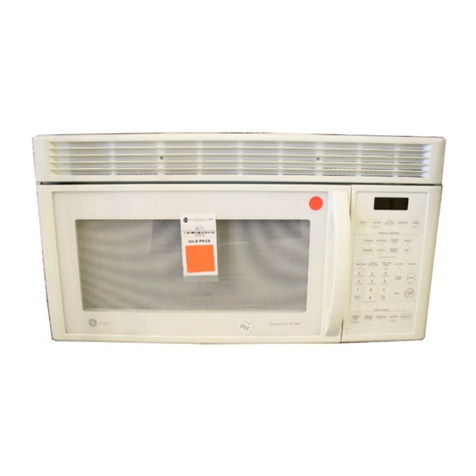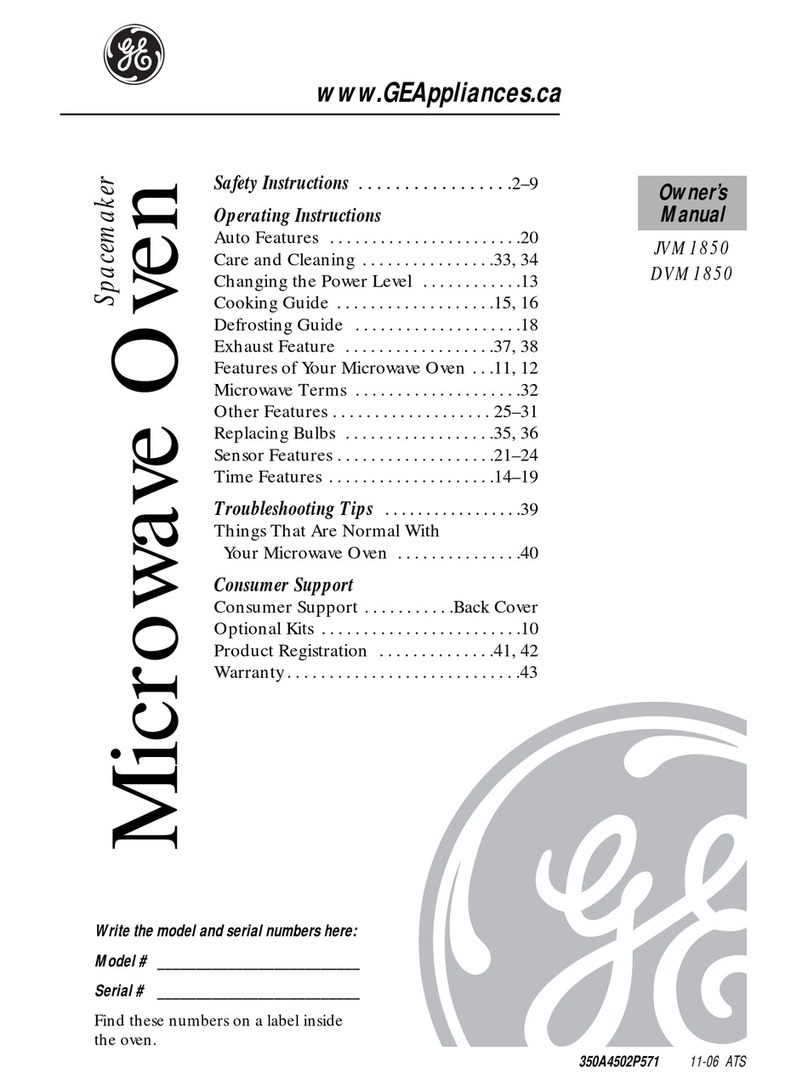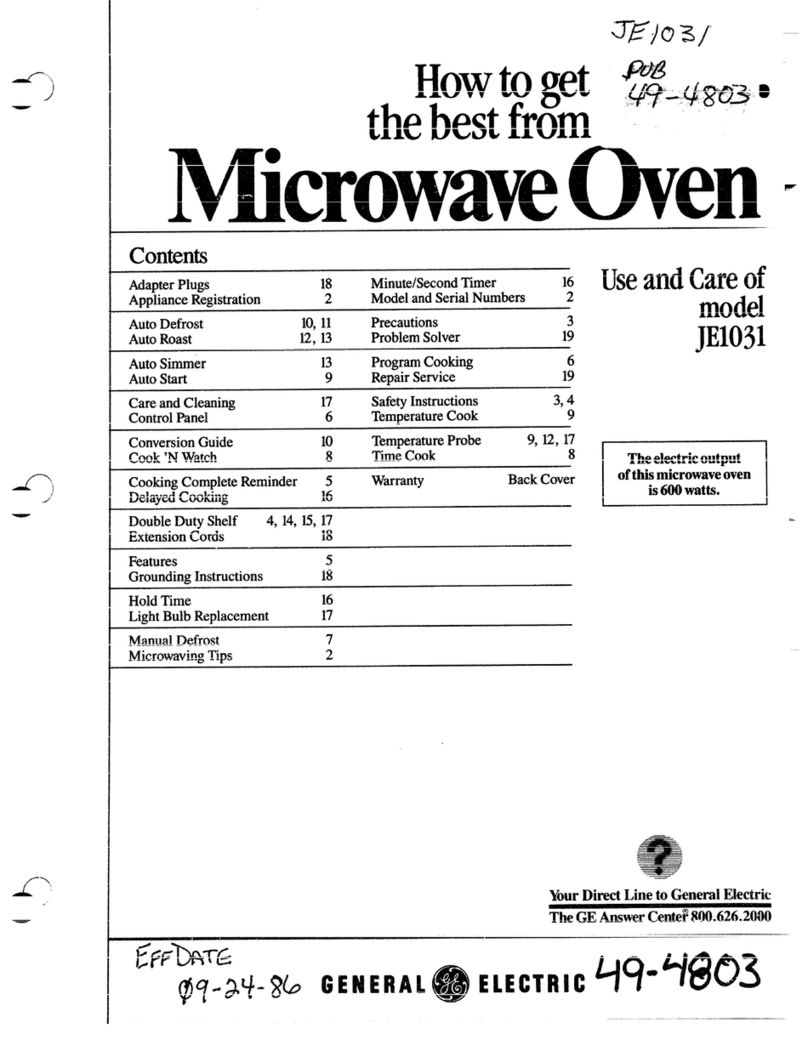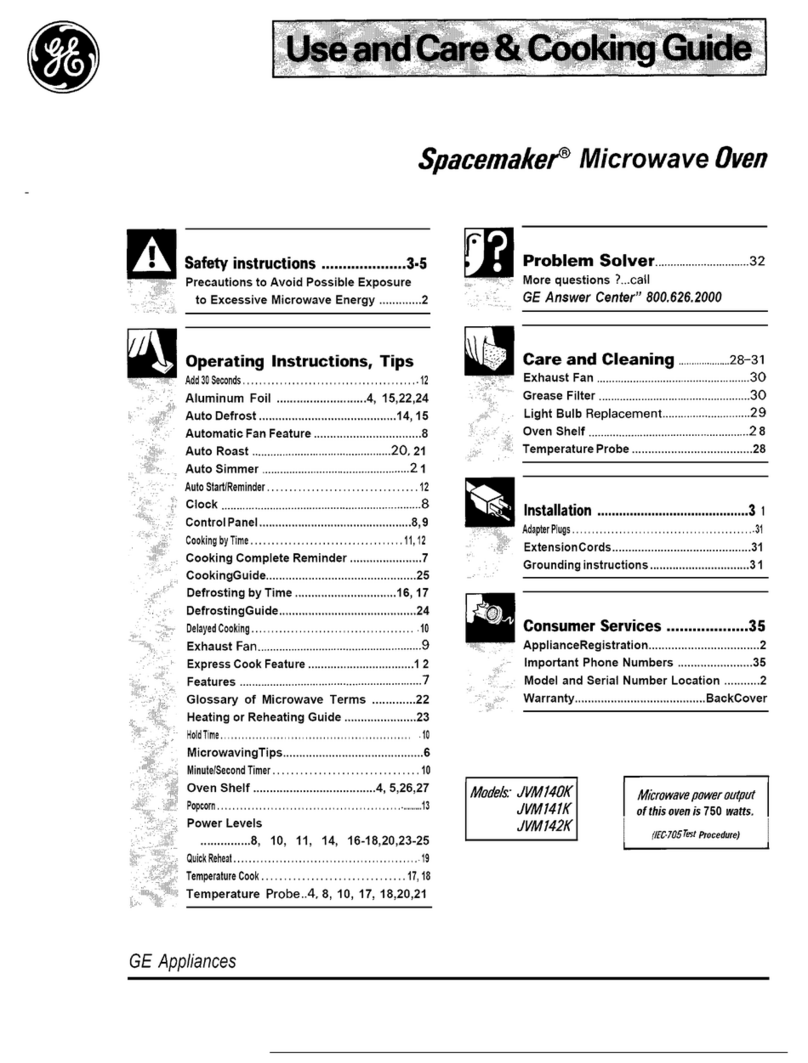GE JEB186C User manual
Other GE Microwave Oven manuals
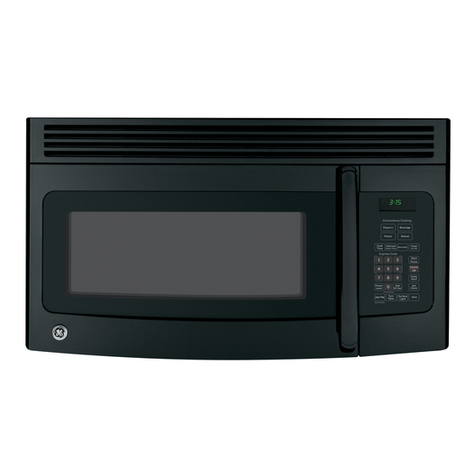
GE
GE JNM3151RFSS Operating manual

GE
GE Spacemaker JVM1660 User manual
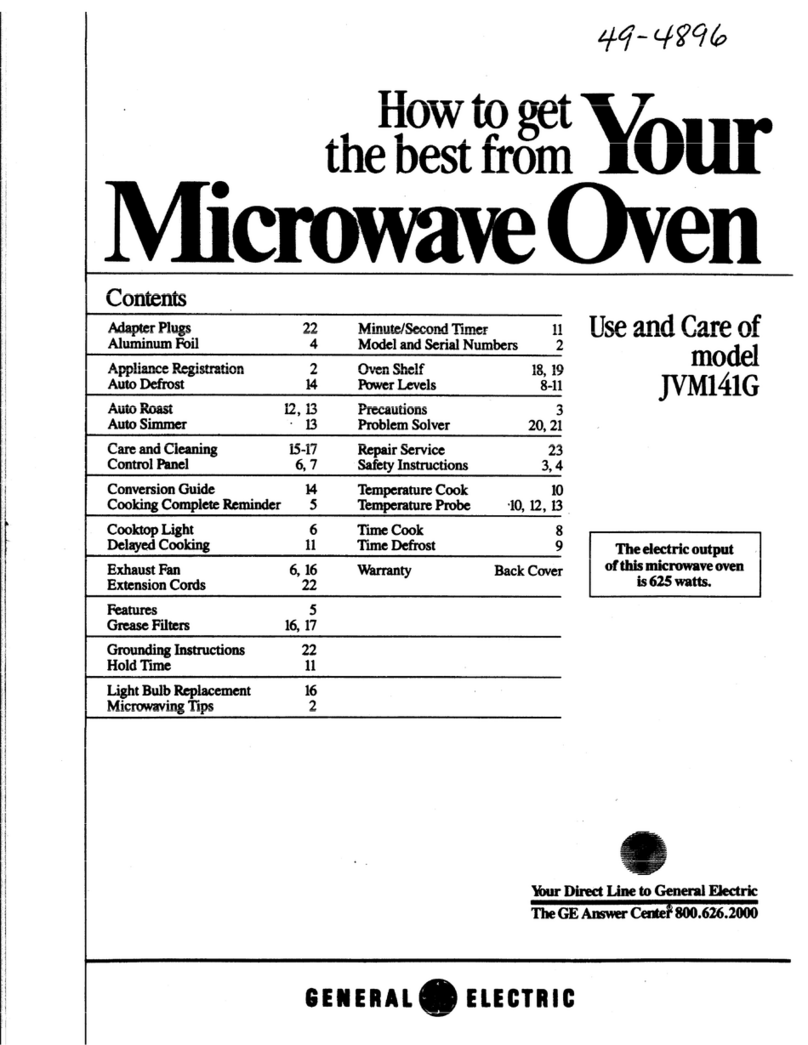
GE
GE JVM141G Installation instructions
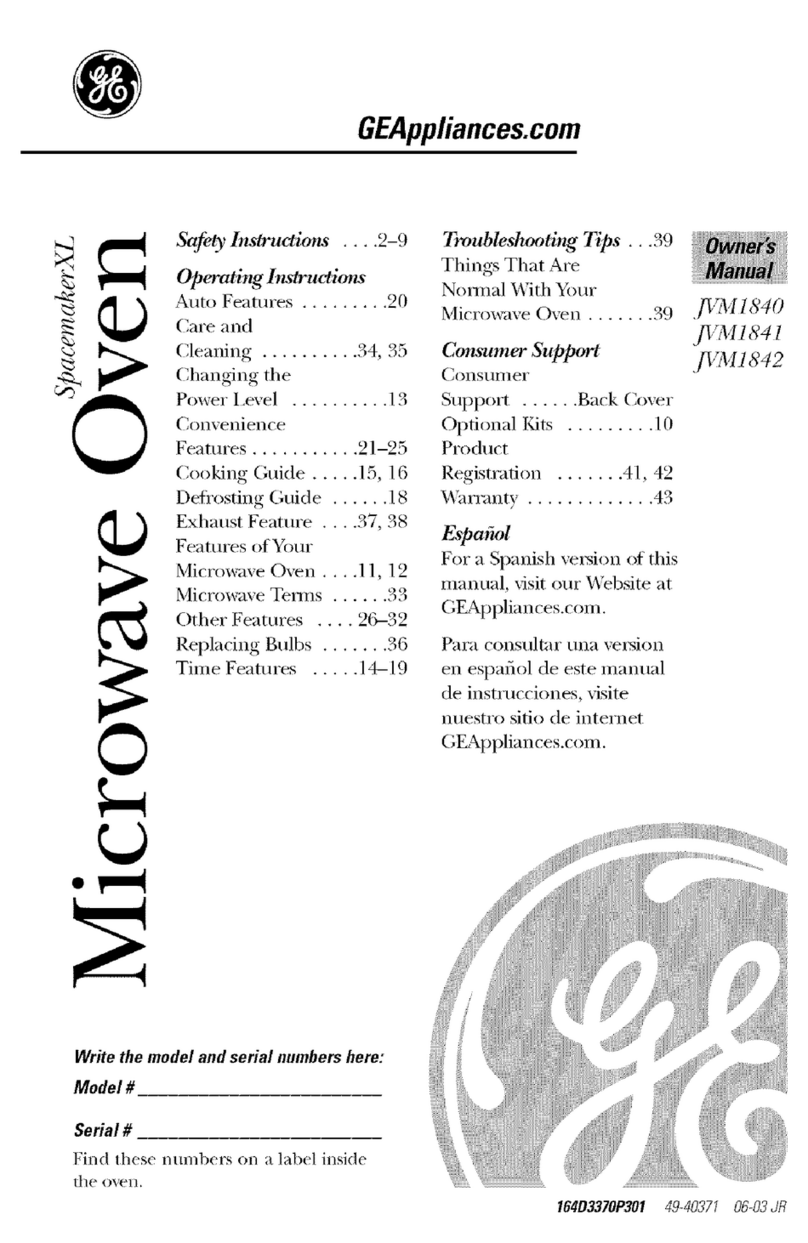
GE
GE Spacemaker XL JVM1840 User manual
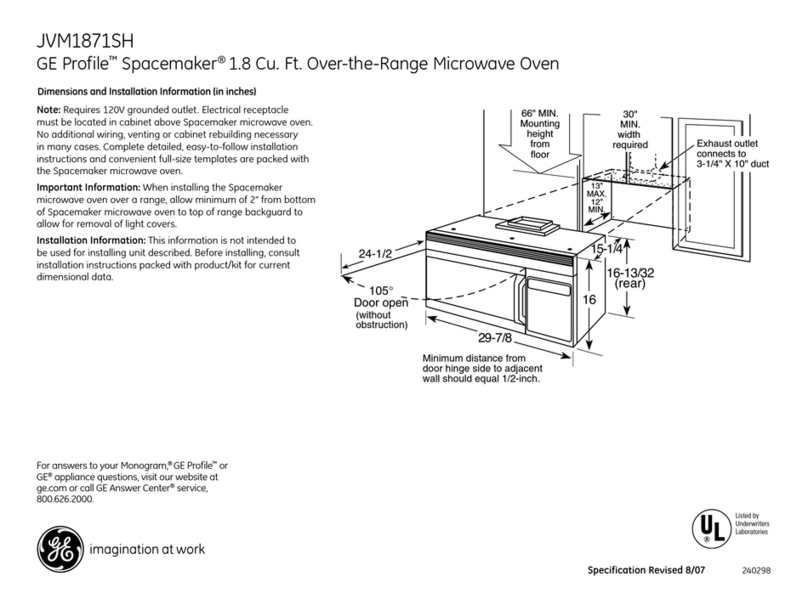
GE
GE Profile Spacemaker JVM1871SH User instructions

GE
GE SpacemakerXL JVM1642 User manual
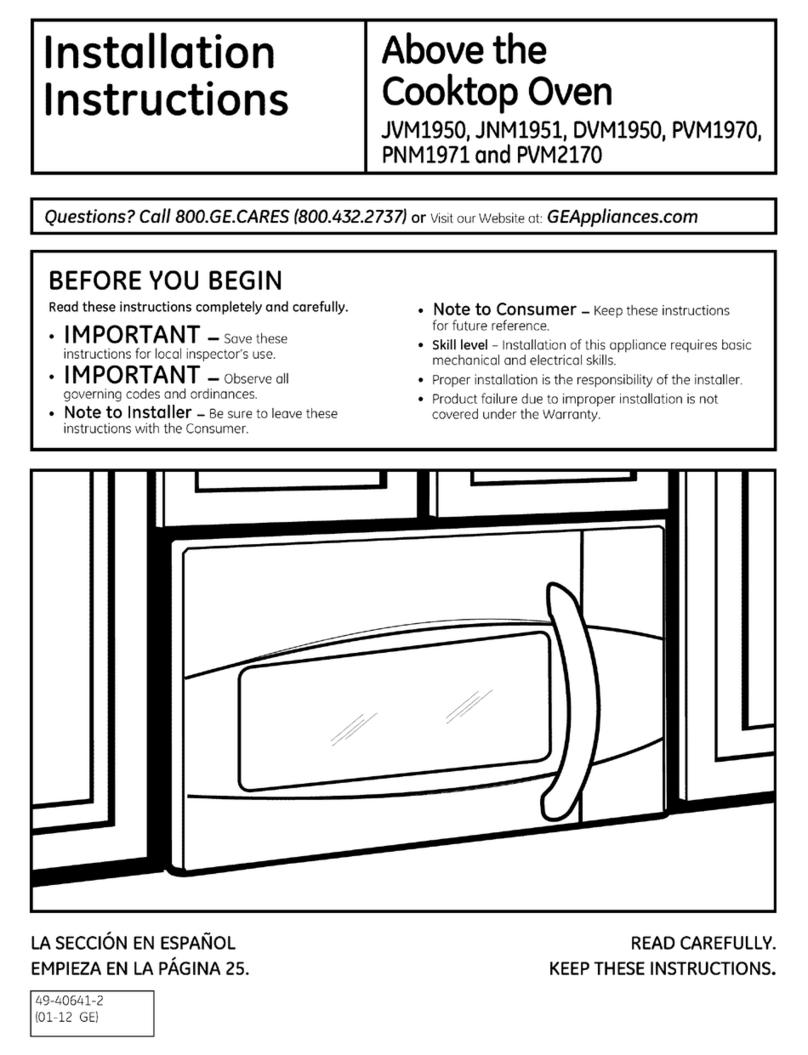
GE
GE Appliances JVM1950 User manual
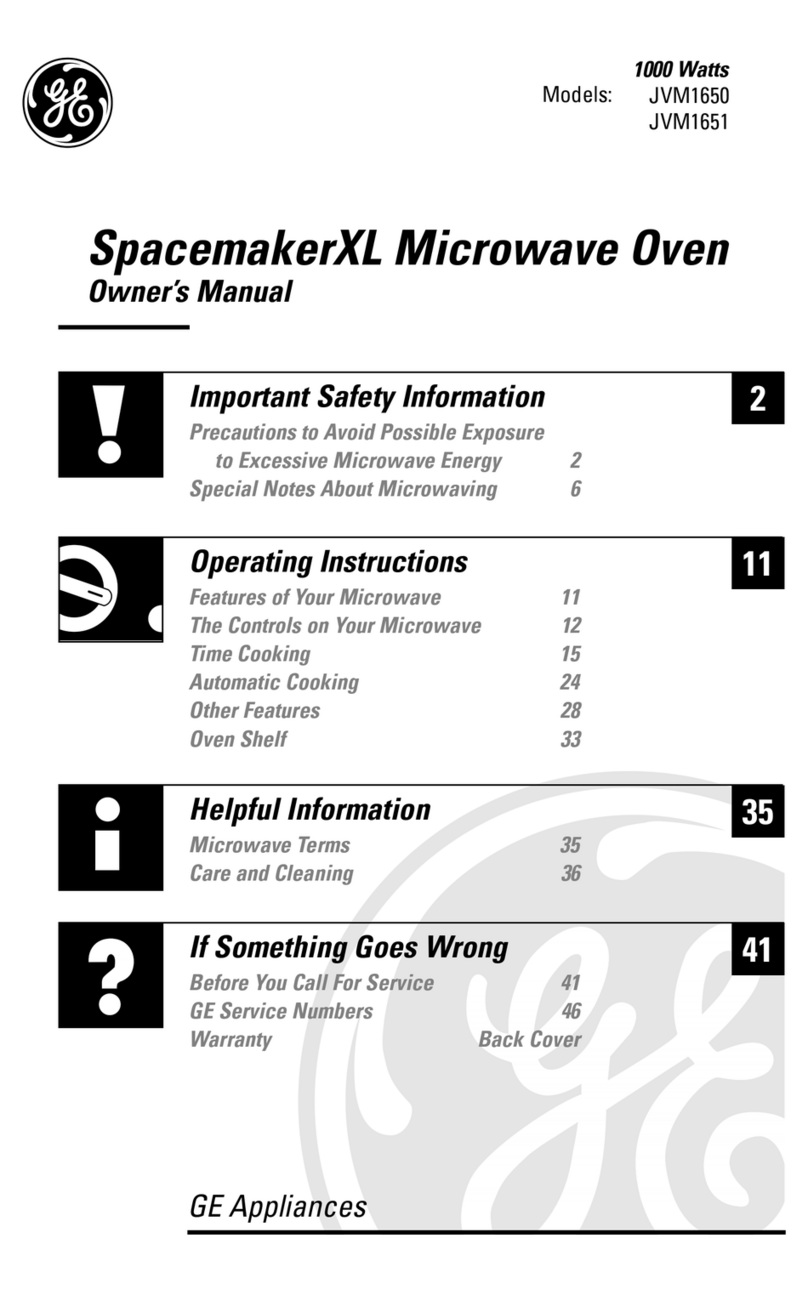
GE
GE Spacemaker JVM1650 User manual
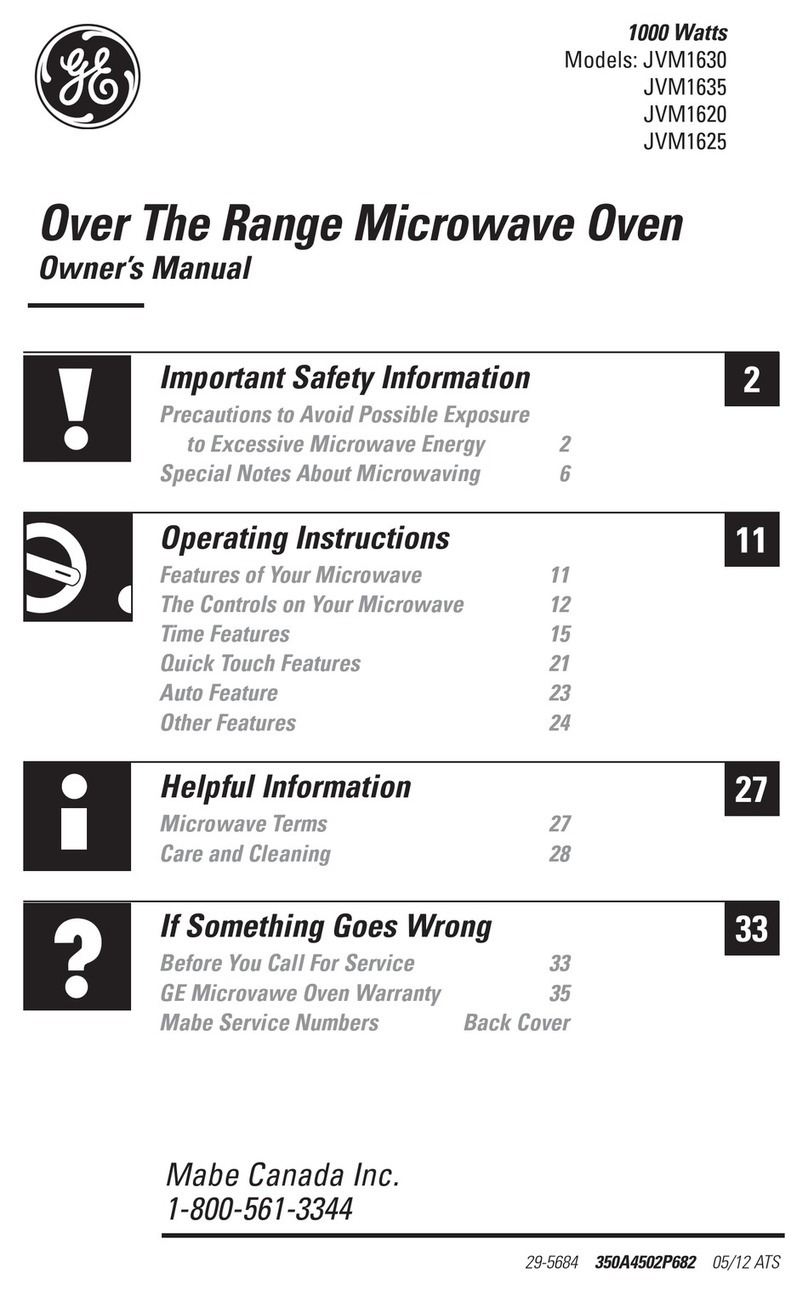
GE
GE JVM1620 User manual
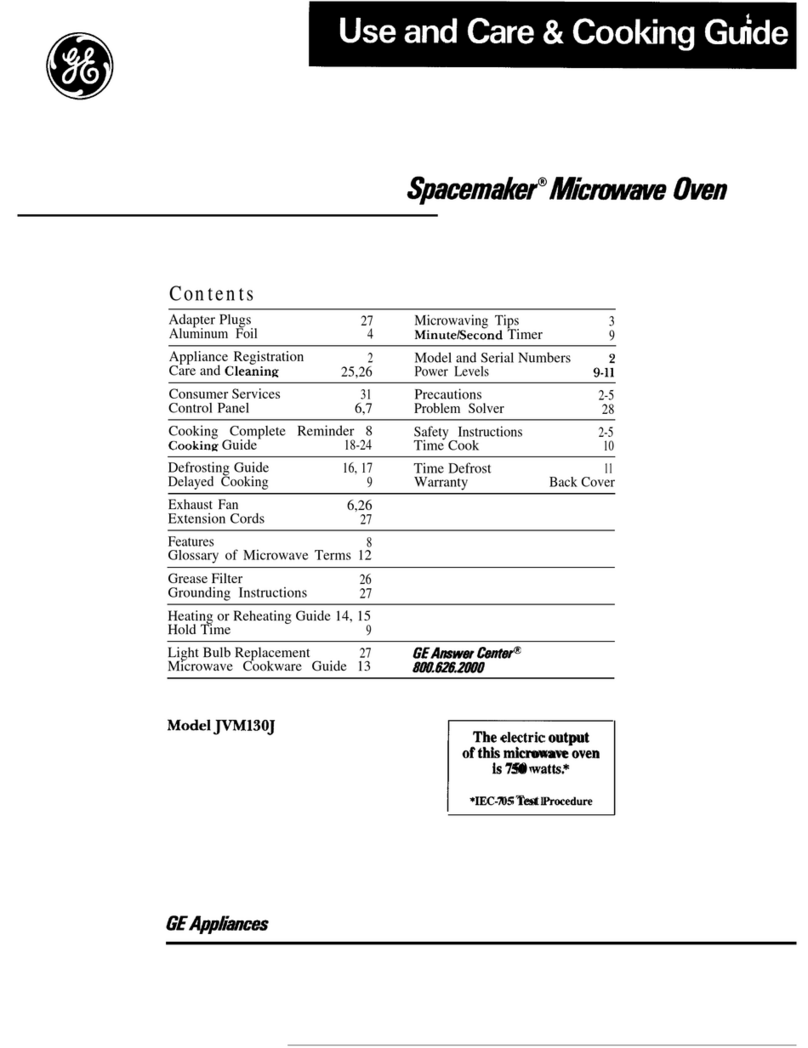
GE
GE Spacemaker 164 D2092P126 User manual

GE
GE JE1455K Use and care manual
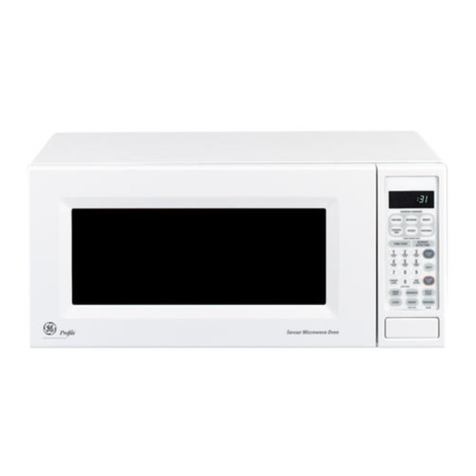
GE
GE JEM31WF - Spacemaker II Microwave Oven User manual
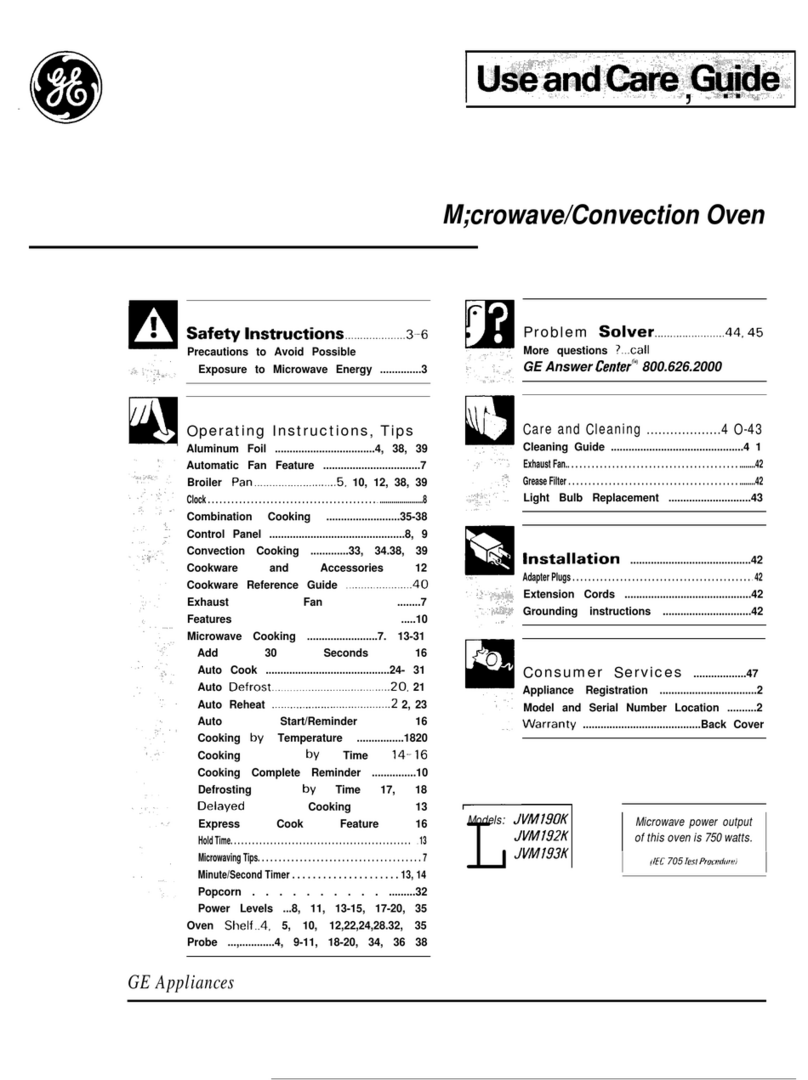
GE
GE JVM190K User manual
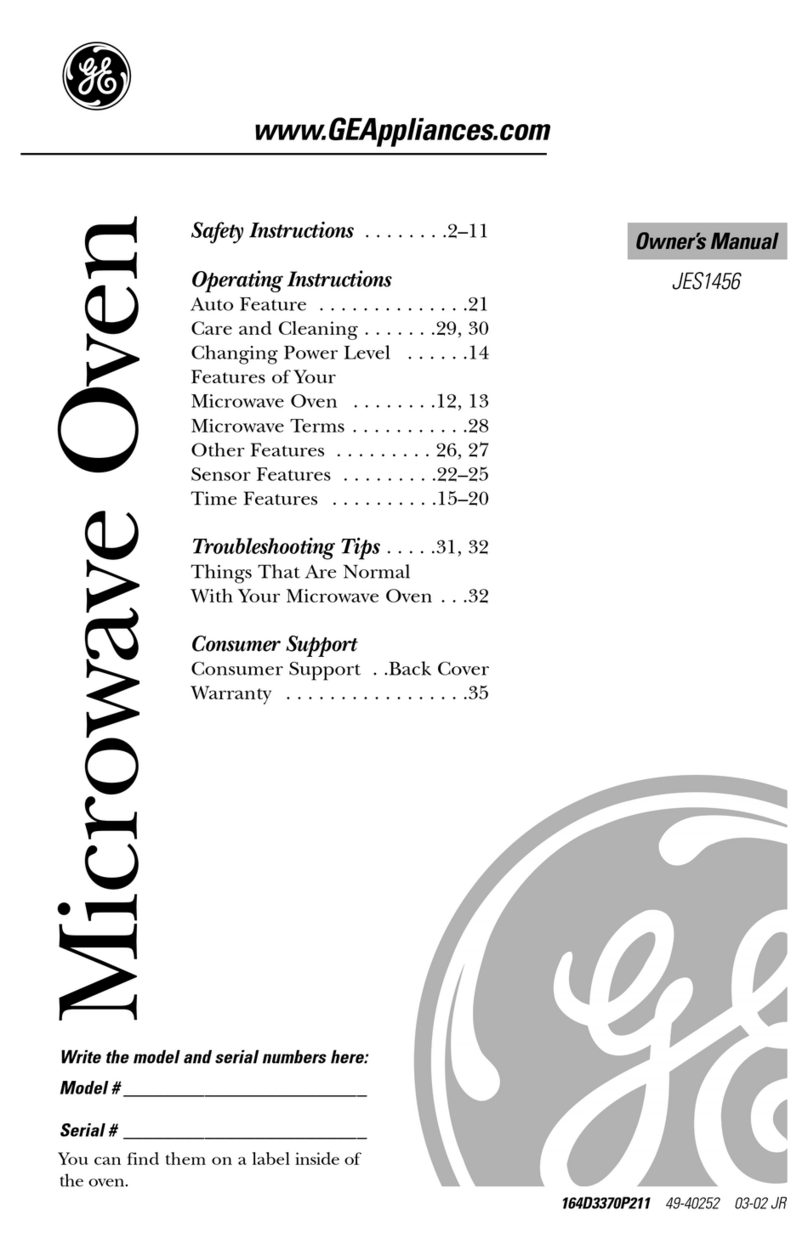
GE
GE 164D3370P211 User manual
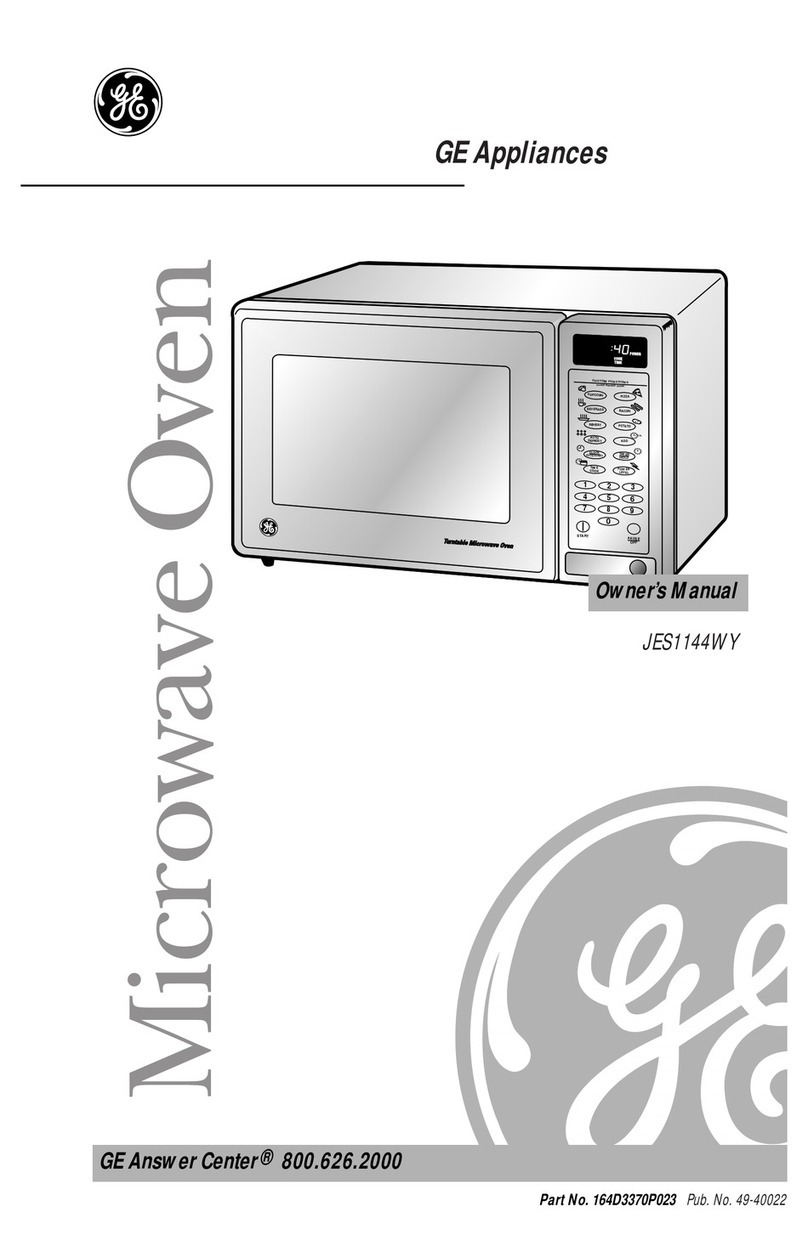
GE
GE JES1144WY User manual
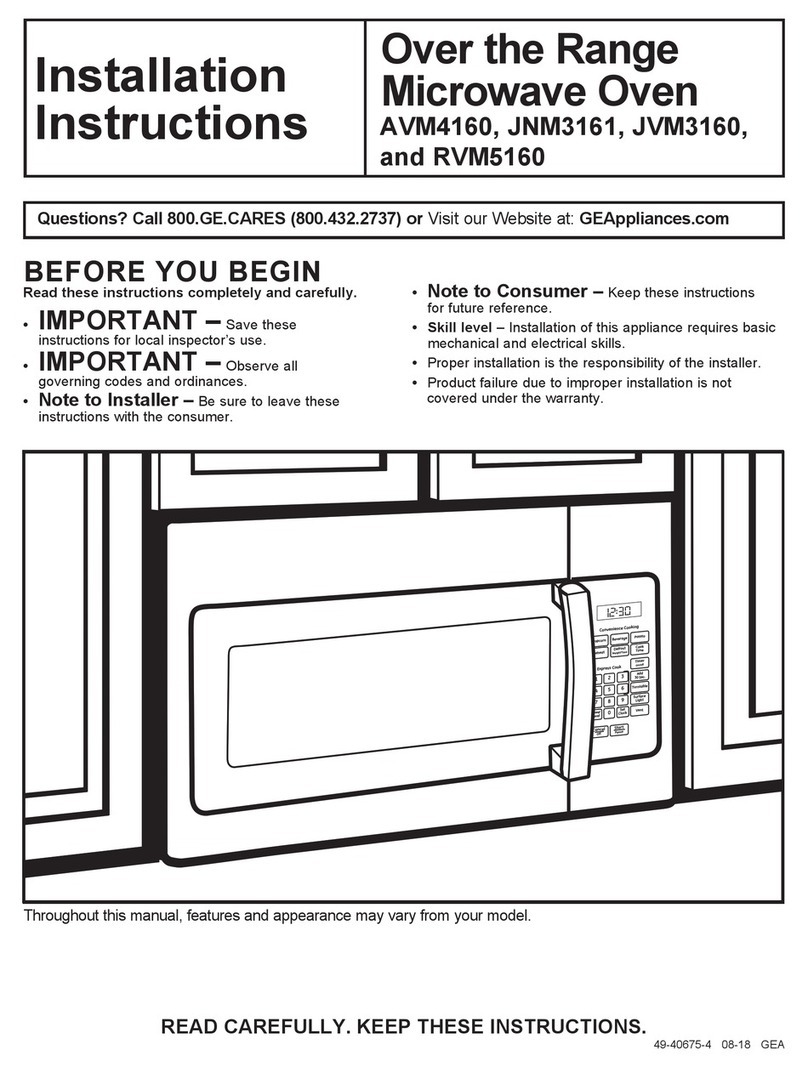
GE
GE RVM5160 User manual

GE
GE PVM9179SRSS User manual
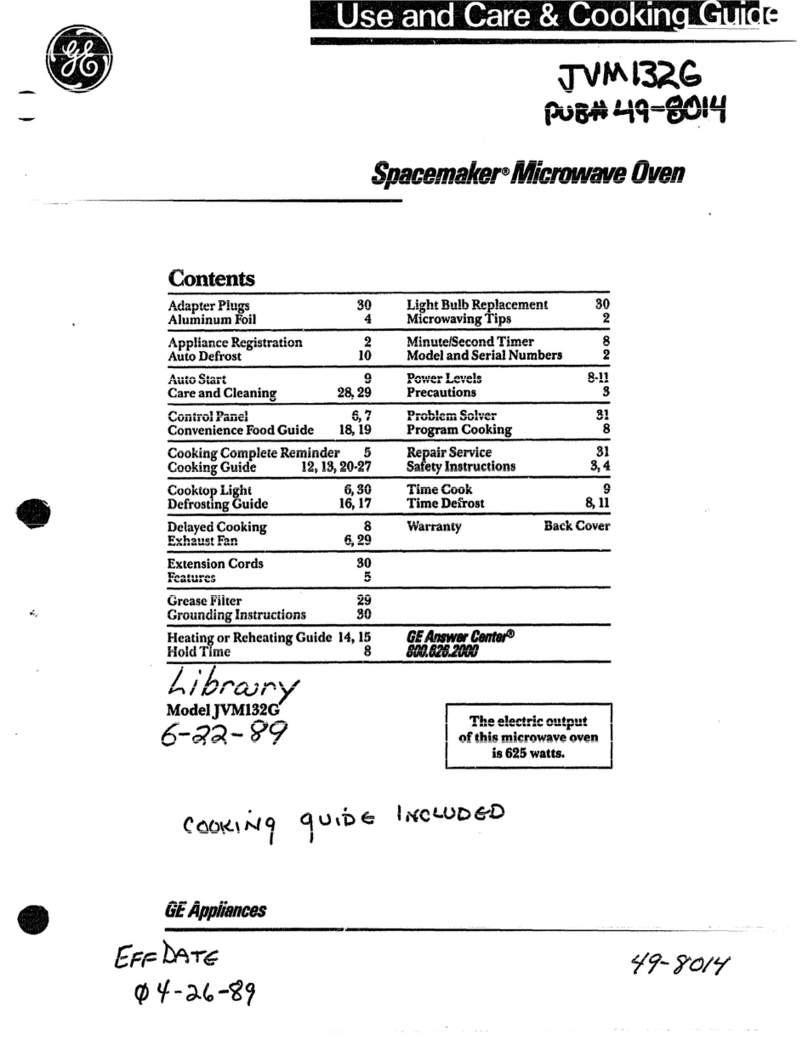
GE
GE Spacemaker JVM132G User manual
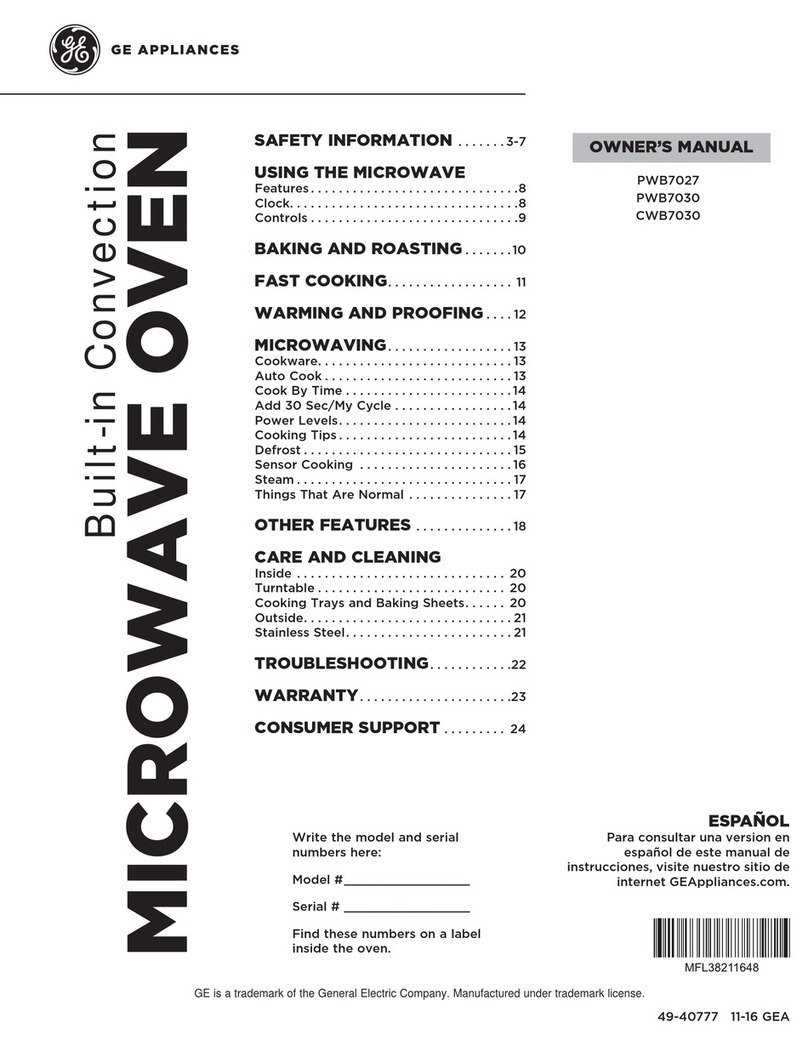
GE
GE PWB7027 User manual
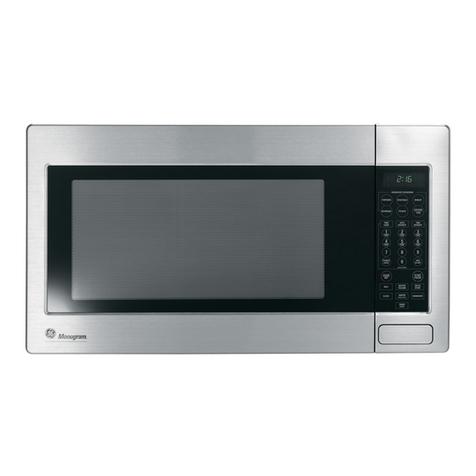
GE
GE Monogram ZE2160SF User manual
Popular Microwave Oven manuals by other brands

Conrad Electronic
Conrad Electronic 2372935 operating instructions

DAEWOO ELECTRONICS
DAEWOO ELECTRONICS KOR-6L8K5S83 Operating instructions & cook book

DAEWOO ELECTRONICS
DAEWOO ELECTRONICS KOR-1N5A9S Operating instructions & cook book

Daewoo
Daewoo KQG-6617G Operating instructions & cook book

Samsung
Samsung M1779 Owner's instructions

Miele
Miele H6200BM(TB) Operating and installation instructions

Jocel
Jocel JMO011480 instruction manual

Sharp
Sharp R-752M Operation manual with cookbook

Electrolux
Electrolux EVL8E00X user manual

STOVES
STOVES Q900GRF DO User, installation & servicing instructions

Daewoo
Daewoo KOR-6L0B3S Operating instructions & cook book

KitchenAid
KitchenAid KCMS1555 Use and care guide
